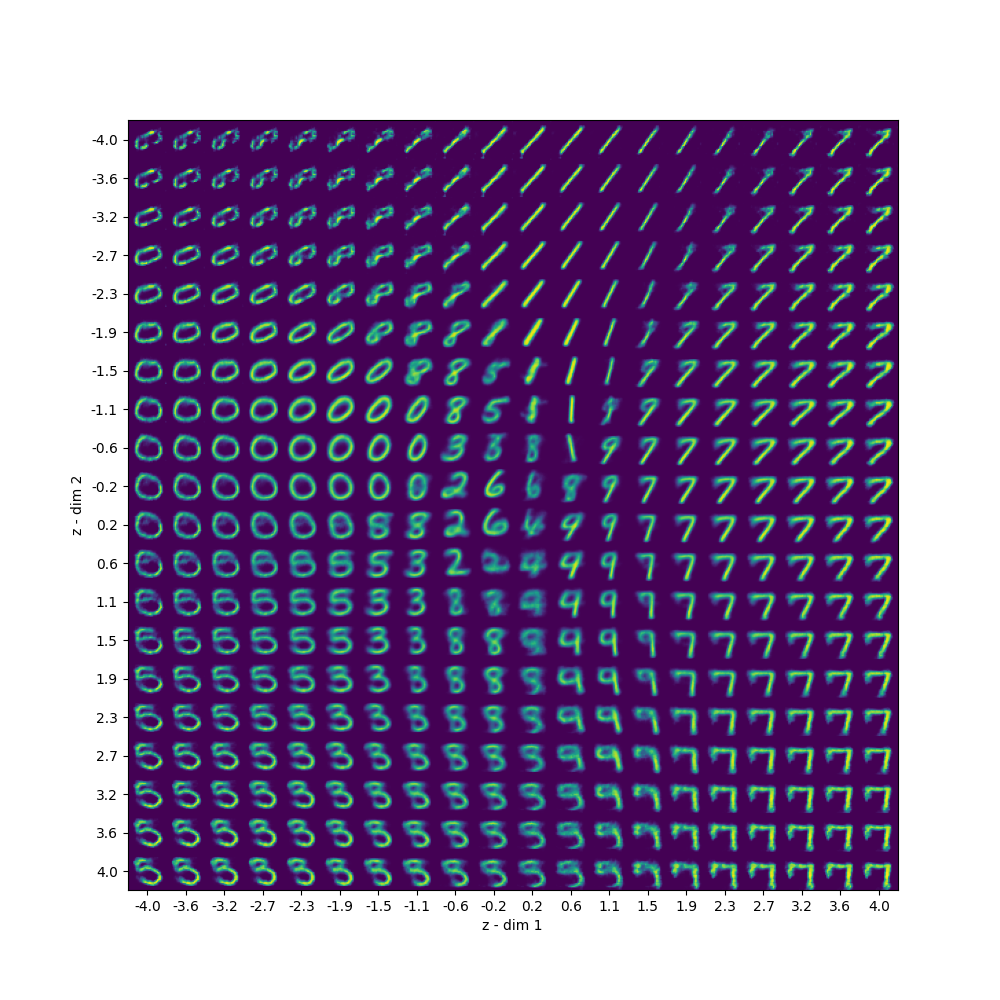
Navigating the Art of Hyperparameter Tuning
Hyperparameter tuning is a model optimization process, which finds a combination of hyperparameters for best possible performance.
Additionally, we can employ several techniques for this purpose, including manual search, grid search, random search, Bayesian optimization, and others.
What are hyperparameters anyway?
Hyperparameters are variables that define the structure and behavior of machine learning models, and we must set them before training.
These variables differ from model weights, which the algorithm adjusts them during the training process.
Further in this article, we’ll delve into the importance of hyperparameter tuning, explain differnet techniques, and explore challenges and best practices.
Importance of hyperparameter tuning
Hyperparameter tuning is crucial for various reasons, including:
- Improving model performance – enabling better predictions and decision-making
- Preventing overfitting and underfitting – overfitting (when a model performs well on the training data but poorly on unseen data) and underfitting (when a model cannot capture the underlying patterns in the data)
- Balancing model complexity and computational efficiency – ensuring that models are both accurate and resource-efficient
Common hyperparameters and their effects on models
Some common hyperparameters that affect model performance include:
1. Learning rate
The learning rate controls the step size in the training process, affecting the convergence speed and stability of the training.
2. Regularization parameters
Regularization parameters control the degree of penalty algorithm applies to complex models, helping to prevent overfitting.
3. Network architecture (for deep learning)
In deep learning, network architecture hyperparameters (e.g., the number of layers and neurons) influence model capacity and expressiveness.
4. Number of trees (for ensemble methods)
For ensemble methods like random forests and gradient boosting machines, the number of trees determines the model complexity and generalization ability.
Hyperparameter tuning techniques
- Manual search – involves trial-and-error and it typically requires domain expertise.
- Grid search – is an exhaustive search over a specified parameter grid, but it can be computationally expensive.
- Random search – samples the parameter space randomly. Thus, offering a faster and more efficient alternative to grid search.
- Bayesian optimization – a probabilistic approach that models the parameter space, guiding the exploration process.
- Evolutionary algorithms – genetic algorithms and particle swarm optimization balance exploration and exploitation.
Challenges in hyperparameter tuning
1. Computational cost and time-consuming process
Hyperparameter tuning can be computationally expensive and time-consuming, especially for large models and datasets.
2. Risk of overfitting hyperparameters
There is a risk of overfitting hyperparameters to the validation set, resulting in suboptimal performance on unseen data.
3. Scalability issues with large models and datasets
Scalability can be a challenge when tuning hyperparameters for large models and datasets, as the search space and computational requirements increase.
Best practices and strategies for hyperparameter tuning
1. Use a validation set
A separate validation set can help assess model performance during the tuning process. Thus, ensuring that the final model generalizes well to unseen data.
2. Employ regularization techniques
Regularization techniques also can prevent overfitting by adding a penalty to the loss function, encouraging simpler models.
3. Start with simpler models
Starting with simpler models can help establish a baseline performance. Therefore, allowing for incremental improvements through hyperparameter tuning.
4. Parallelize and distribute tuning process
Parallelizing and distributing the tuning process can help manage computational costs. Which also reduces the time we need for hyperparameter optimization.
5. Incorporate domain knowledge
Incorporating domain knowledge can help guide the search for optimal hyperparameters. Thus, leveraging expert insights to inform the tuning process.
Conclusion
In conclusion, hyperparameter tuning is an essential aspect of machine learning model optimization. Reason for that is it’s aim to improve model performance and prevent overfitting and underfitting.
Additionally, I hope this article helped you gain a better understanding about what hyperparameter tuning is and perhaps even inspire you to learn more about machine learning as well.


